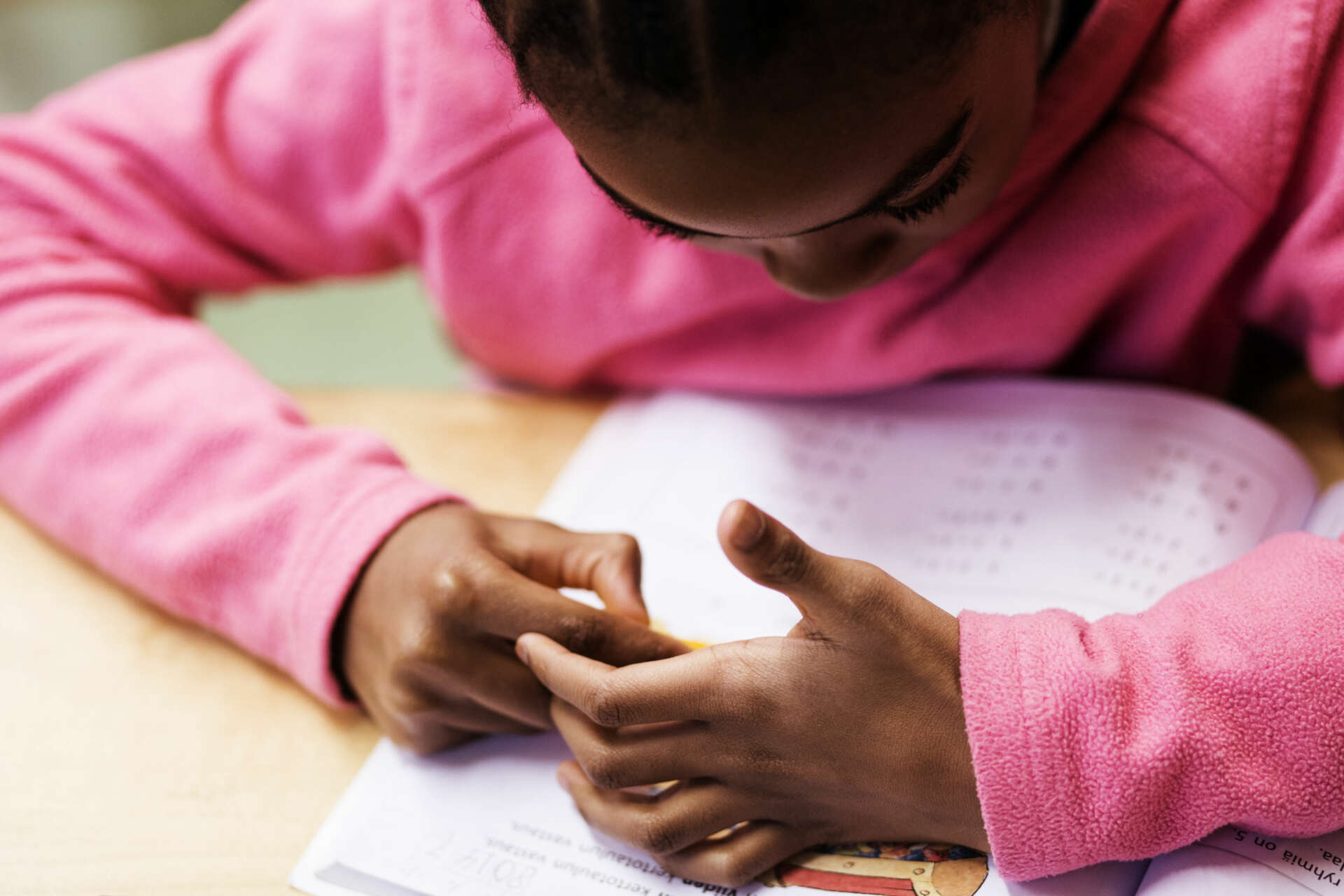VAASA - Care and Education of children
Every child has the right to early childhood education, preschool and basic education.
In Vaasa, your family will find support for your child’s growth and learning through professionals. Basic education is free general education, and every child living in Finland is required to study.
When you move to Vaasa, you can choose either Finnish or Swedish as a second language and language of learning for your child.
In basic education a child will attend prepatorial education for approximately a year before transferring to their nearest local school class. If your family intends to stay in Vaasa for a shorter time, there is also the option to have your child enroll in an English line. For smaller children it is possible to attend early childhood education in English for internationals.
Family leave and benefits
When a new child comes into the family, parents have the right to family leave, that is, to have free time from working life. This should be notified to the employer on time, no later than two months (2 months) before the birth of the child. When a child is born and grows, parents are entitled to various benefits paid by Kela.
Family leave – time consists of these sections:
- maternity leave
- paternity leave
- parental leave
- child care leave
Caring for the child at home
If your family has a child under 3 years old, he can be cared for at home. Kela pays for home care support while the mother or father cares for the child at home. If the child is in municipal day care, Kela will not pay home care support.
Home care support is paid after the end of the parental allowance period. Home care support is sought from Kela.
Child care benefits – in simplified Finnish – kela.fi
InfoFinland: information on the care of a child at home in 12 languages Support for caring for a child – InfoFinland
Day care
Day care, or early childhood education, is intended for children under school age. In Finland, municipalities offer early education in public child care centres, family day care and private child care centres.
Day care organizes a diverse range of activities, such as games, exercise, outdoor activities, music, craft and excursions.
In day care, the child learns many important skills. Day care is especially important for language learning if the child’s home language is not Finnish or Swedish. Early childhood education teachers and carers are qualified in working in day care.
Children eat three meals during the day: breakfast, lunch and snack. If your child has any special diet requirements, tell the early childhood education teachers about it.
Day care takes into account the religion or life philosophies of the family.
You can find more information on daycare in Vaasa.
More information about daycare centres in Vaasa here.

Finnish refugee aid: Child care vocabulary Somali | Persian | Arabic | Kurdish
Ministry of Education and Culture: Information on early childhood education Finnish | Swedish | English
Finnish National Agency for Education: Early childhood education and care
Finnish National Agency for Education: Materials and videos on multilingual Early Childhood Education (Finnish & Swedish)
InfoFinland: Day care information in 12 languages Day care – InfoFinland
Apply for a place in day care for the child
When the child is about nine months old, and the parental leave ends, one should decide how to care for the child in the future. There are three types of day care: municipal day care, private day care and family day care.
- You can apply for a place in Vaasa early childhood education after parental leave. Then the child will be about nine months old.
- A private early childhood education place may be in a private child care centre or family day care or home where the family hires a childminder.
- Family day care means a childminder is caring for children at the childminder’s own home.
If your child needs day care (early childhood education), apply for it on time no later than 4 months earlier, as there is a queue for day care.
A day care application can be completed online or by submitting a paper form.
You can fill out an electronic application if you have the following:
- child’s identity number
- guardian’s identity number
- parent’s banking credentials or a mobile ID
You will receive a notification regarding the place in day care by letter or email. You will be called from the day care centre and agree on the start of care.
Contact City of Vaasa Coordination Service for early childhood education for more information and advice.
Child care fees
Day care has a charge. Parents’ income affects how much day care costs. For a very low-income family, day care can be free of charge.
When the child begins child care, both parents’ income information (payslip or unemployment allowance decision) should be provided within 2 weeks of the start of care.
Read more about the fees on the City of Vaasa webpage.
Open and free children's clubs
- In Vaasa, the Finnish parish (in Finnish) and the Swedish-speaking parish operate day clubs for children under school age. The parish also organizes a children’s park, where you can park your children for a while if you have other things to do or need a little break.
- The city of Vaasa organizes open early childhood education, which is intended for children under school age from Vaasa. The application period for an open kindergarten is in the spring.
- Setlementti association organizes weekly club activities for children and families. Check out their activities on the website of the Vaasa Settlementti association.
- Vaasa MLL organizes baby and family cafe activities, as well as various clubs. Through MLL, you can also order paid childcare help at home.
Preschool education
In Finland, education is of high level and quality. All teachers starting with early childhood education are university-educated education professionals.
In Finland, according to the law, all children attend preschool education for a year before compulsory education begins. Preschool usually begins at age 6. The enrolment for preschool is usually in January-February. In preschool, children learn skills preparing them for primary school. Preschool lasts 4 hours a day and is free of charge. The child receives a free meal in preschool education. Preschool education is usually held in child care centres or school premises. If the child needs day care in addition to preschool education, it is subject to a fee.
Finnish National Agency for Education: Information about preschool Preschool | Finnish National Agency for Education (oph.fi)
InfoFinland: information on preschool in 12 languages Preschool – InfoFinland
Preparatory schooling for children and adolescents
When a child moves from abroad to Finland, he can start schooling in the preparatory class for immigrant children. Before a child can begin basic education, he must adequately know the Finnish language.
Preparatory schooling is for immigrant children of compulsory school age. During preparatory schooling, the child learns the basic skills of the Finnish language. Teaching takes 1-2 years or less, usually a year.
After that, the child enters the usual class to the school near his home. The child starts school from the class level that matches his skills.
School grades 1-9
Finland has compulsory education, which means all children must receive primary education. Compulsory education is prescribed by law.
When a child moves to Finland, the family should be in contact with primary education as soon as possible. Immediately after moving, the child must undergo a health check before he can start school.
In Finland, children usually complete compulsory education in comprehensive school. The comprehensive school consists of a primary school and an upper comprehensive school. The primary school includes grades 1 – 6 and upper comprehensive school grades 7 – 9. Comprehensive school normally lasts for 9 years: the school starts in the 1st grade and ends in the 9th grade.
In comprehensive school, the child and adolescent are taught the knowledge and skills he needs as an adult in society. In school, the child and adolescent develop as a person and a member of society. Basic education is free. After comprehensive school, the young person has the opportunity to continue to study at a vocational school or upper secondary school.
Finnish National Agency for Education: information on comprehensive education Comprehensive education | Finnish National Agency for Education (oph.fi)
InfoFinland: information on comprehensive education Comprehensive education – InfoFinland
Morning and Afternoon Activities in 1st to 2nd Grade
Morning and afternoon activities in Vaasa are intended for 1st and 2nd grade and special education students. The activities are voluntary and have a fee. For morning and afternoon activities, you need to apply for a place for the child in advance. The activities are aimed at reducing the child’s alone time without adults before and after the school–day.
School transport
School transport is provided for pupils when the distance to the nearby school is more than 5 km. Transport must also be arranged for the pupil if the school trip is too difficult, dangerous or strenuous in relation to the pupil’s age or circumstances. City of Vaasa provides transportation for pupils in preschool and 1st and 2nd grades if the school trip is more than 3 km.
School transport is not arranged if the child participates in morning or afternoon activities. Transportation is for school time only. Transport is arranged only to the pupil’s official address, which is listed on the population register even if the parents have joint custody.
Wilma - student administration online service
Wilma allows students, teachers and parents to keep in touch with each other. In Wilma, you can:
- See the child’s timetable
- Send and receive messages to school staff
- Get bulletins sent by the school
- Notify in the morning if the child is out of school due to illness
- Get information on the child’s exams, learning and absences
The school gives the child’s parents a username and password for the service. Wilma can be accessed via a browser or a mobile application. It is important to monitor Wilma regularly. Instructions for the use of Wilma can be requested from school.

